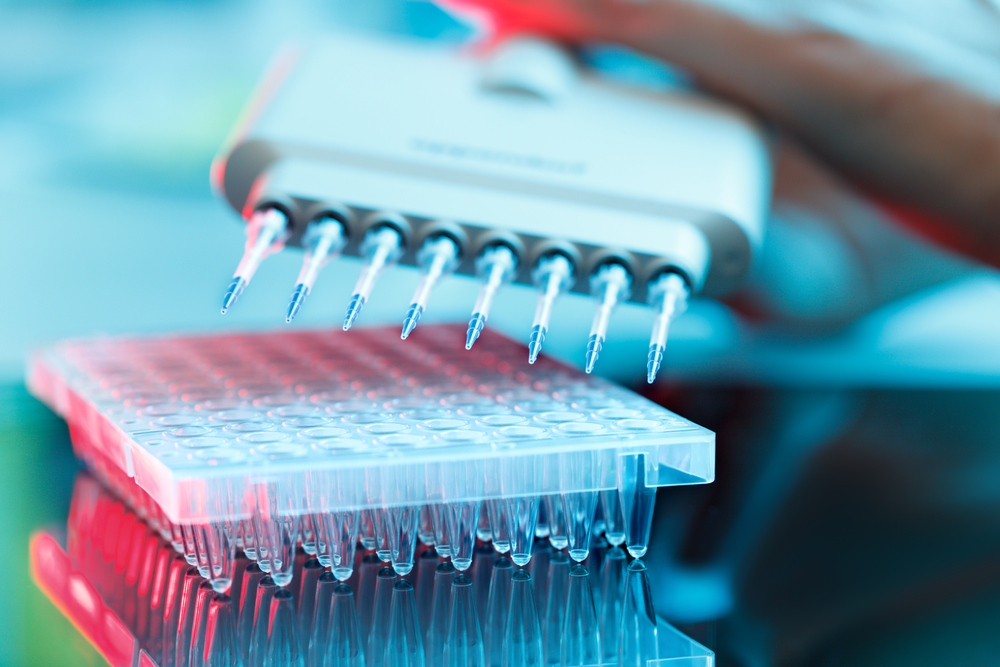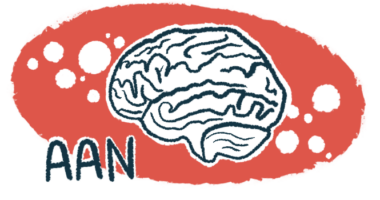Small-Molecule Compounds ID’d That May Lessen Protein Buildup in Cells Under Stress, an ALS Hallmark

Researchers identified small-molecule compounds that help to prevent the build-up of stress-induced clumps of TDP-43 protein, a hallmark of amyotrophic lateral sclerosis (ALS). These findings, although preliminary, may lead to new therapies for ALS.
The work “Small-Molecule Modulation of TDP-43 Recruitment to Stress Granules Prevents Persistent TDP-43 Accumulation in ALS/FTD” was published in the journal Neuron.
Stress granules are structures formed in a cell’s body (the cytoplasm) in response to stress signals that are implicated in the development of neurodegenerative diseases like ALS and frontal dementia. This group of neurological disorders affects the frontal and temporal lobes of the brain, regions typically associated with personality, behavior, and language.
After the stress is gone, these structures normally disassemble. However, in ALS they remain and are associated with the clumping of proteins, particularly TDP-43. In fact, the accumulation of TDP-43 in the cytoplasm of motor neurons is considered to be a molecular hallmark of ALS.
The TDP-43 protein helps to process messenger RNAs, the templates that cells use to make proteins. But when TDP-43 accumulates outside the nucleus in the cytoplasm, it cannot work as intended, a loss that has severe implications for the cell’s health. Researchers believe that for TDP-43 to abnormally accumulate and clump, it probably binds to RNA molecules found in stress granules.
Because modulating stress granules in ALS animal models appeared to alleviate symptoms, researchers at UC San Diego School of Medicine searched for compounds that might serve as possible therapies.
They used a toxin called puromycin to induce stress in stem cell-derived motor neurons that carried mutations in the TARDBP or FUS genes, both linked to hereditary ALS. Next, the researchers modified these cells to produce stress granules that were fluorescent, allowing them to screen for effects both on the granules and TDP-43. Using microscopy and imaging analysis, they then were able to select compounds that reduced stress granules and TDP-43 accumulation.
They identified small-molecule compounds that lowered the overall aggregates by 75 percent, and also reduced the size of the clumps.
“These compounds could provide a starting point for new ALS therapeutics,” Gene Yeo, PhD, a professor at UC San Diego School of Medicine, faculty member in the Sanford Consortium for Regenerative Medicine, and the study’s lead author said in a press release.
Some of the compounds that lessened clumping were molecules with a structure called planar aromatic moieties, which work like arms to allow them to bind to RNA molecules.
Researchers think that these small-molecule compounds might prevent TDP-43 from binding to RNA, reducing its ability to accumulate in the cytoplasm. One compound identified, called mitoxantrone, strongly reduced the localization of TDP-43 in stress granules while retaining it in the cell nucleus.
“While these findings still need to be tested in model organisms and there is more work to do before a potential therapy could one day be tested in patients,” said Mark Fang, the study’s first author, “these compounds already expand our toolbox for unraveling the relationship between RNA-protein aggregations and neurological disease.”






